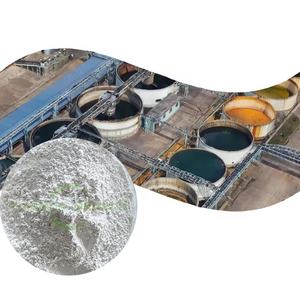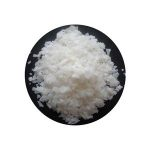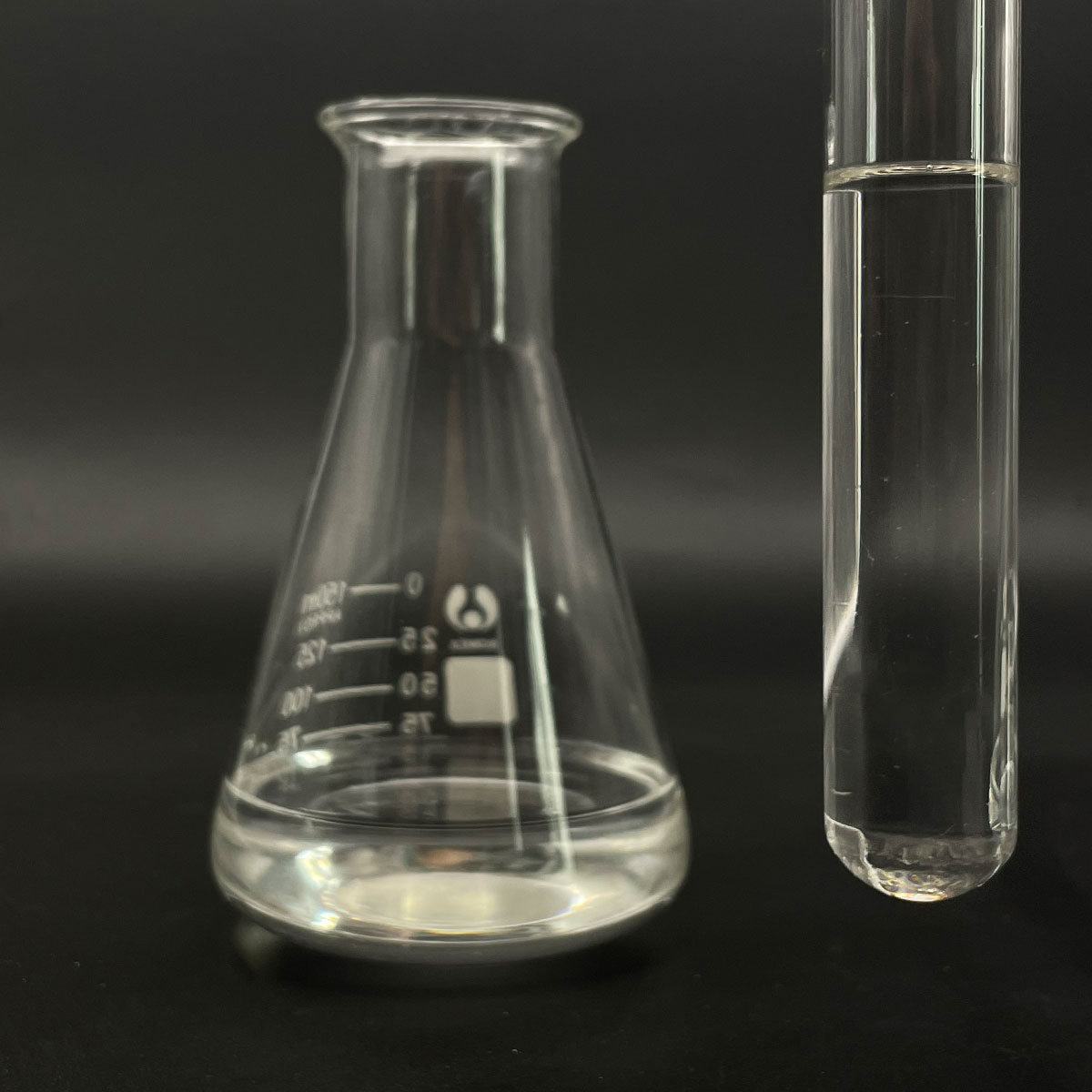1. Introduction
Just 24 hours ago, the European Commission announced a new review of anionic surfactants—including sodium lauryl sulfate (SLS)—in rinse-off cosmetics, citing consumer concerns over skin irritation and environmental persistence. This timely update has reignited public interest in what SLS really is, where it’s used, and whether safer alternatives exist.

If you’ve ever read the back of a shampoo, toothpaste, or dish soap bottle, you’ve likely seen ‘sodium lauryl sulfate’ or its cousin ‘sodium laureth sulfate.’ But what exactly are these ingredients? And how do they compare to other surfactants like cocamidopropyl betaine, decyl glucoside, or even bio surfactants? Let’s break it all down.
2. What Is Sodium Lauryl Sulfate?
Sodium lauryl sulfate (SLS), also known as sodium dodecyl sulfate or natrium lauryl sulfate, is a powerful anionic surfactant. The term ‘surfactant’—short for ‘surface-active agent’—refers to compounds that lower surface tension between liquids or between a liquid and a solid. This property allows SLS to lift oil, grease, and dirt from surfaces, making it a go-to ingredient in cleaning and foaming products.
Chemically, SLS is derived from lauryl alcohol (often sourced from coconut or palm kernel oil) and sulfuric acid, followed by neutralization with sodium hydroxide. Its molecular formula is C12H25SO4Na, and it’s sometimes labeled as ‘na lauryl sulfate’ or ‘sls sodium lauryl sulfate’ on ingredient lists.
3. Common Uses of SLS
Thanks to its strong cleansing and foaming abilities, sodium lauryl sulfate is found in a wide range of products:
- Shampoos and body washes (often alongside sodium laureth sulfate for milder action)
- Toothpastes (for foam and plaque removal)
- Industrial cleaners and degreasers
- Surfactant for herbicides and lawn wetting agents (helps active ingredients stick to plant leaves)
- Laboratory reagents (e.g., in SDS-PAGE protein analysis)
Interestingly, SLS is also used in some agricultural formulations as a surfactant for weed killer, improving the spread and absorption of active ingredients like glyphosate.
4. SLS vs. Other Surfactants: A Quick Comparison

Not all surfactants are created equal. They fall into four main categories: anionic, cationic, non-ionic, and amphoteric.
SLS is a classic example of an anionic surfactant—meaning it carries a negative charge in water. Other anionic surfactants include sodium laureth sulfate (also called sodium lauryl ether sulfate or sodium lauryl ether sulphate), ammonium lauryl sulfate, sodium dodecylbenzene sulfonate, and sodium coco sulfate.
In contrast, cationic surfactants like cetyl trimethyl ammonium bromide (CTAB) or cetyltrimethylammonium bromide carry a positive charge and are often used as conditioners or antimicrobials.
Non-ionic surfactants—such as polysorbate 80, Span80, Pluronic 127 (poloxamer 188), ethoxylated alcohols, and lignin sulfonate—have no charge and are gentler, commonly used in food, pharmaceuticals, and as surfactant non ionic types in herbicide blends.
Amphoteric surfactants like cocamidopropyl betaine (also called coco betaine, amidopropyl betaine, or coco amido propyl betaine) can switch charge depending on pH. They’re prized for reducing irritation when combined with harsher anionics like SLS.
5. Gentler and Natural Alternatives to SLS
Due to concerns about skin dryness or irritation, many brands now use milder or bio-based surfactants:
- Alkyl polyglucosides (e.g., decyl glucoside, coco glucoside): derived from sugar and coconut oil, these are non-ionic bio surfactants.
- Sodium cocoyl glutamate and sodium lauroyl sarcosinate (a sarcosinate-type surfactant): amino acid-based and very skin-friendly.
- Sodium cocoyl isethionate and sodium lauroyl methyl isethionate: often found in ‘syndet’ bars (synthetic detergent bars) for sensitive skin.

Methylated seed oil is sometimes used as a natural surfactant for herbicides, though it’s not a true surfactant—it acts more as a penetrant or wetting agent for grass and crops.
6. Safety, Myths, and Misconceptions
Despite viral claims online, SLS is not carcinogenic. Regulatory bodies like the FDA, EU SCCS, and CIR consider it safe in rinse-off products at typical concentrations (usually 1–15%). However, it can cause irritation in sensitive individuals—especially at high concentrations or with prolonged contact.
One common mix-up: SLS (sodium lauryl sulfate) is often confused with SLES (sodium laureth sulfate or sls sodium laureth sulfate). SLES is ethoxylated, making it milder but occasionally contaminated with 1,4-dioxane—a concern that has driven demand for purer, sulfate-free formulas.
It’s also worth noting that ‘sls sulfate’ or ‘sulfate laureth’ aren’t standard terms—these are often marketing misstatements. True names include sodium laureth, laureth sulphate, or sulphate laureth sulfate (British spelling).
7. Where to Buy and Industrial Relevance
Sodium lauryl sulfate for sale is widely available from chemical suppliers like Rohit Surfactants Private Limited, especially for industrial or formulation use. It’s also a key raw material in producing other surfactants, including fluoro surfactants or sodium deoxycholate for lab use.
In agriculture, SLS and similar compounds serve as wetting agents, helping herbicides coat waxy plant surfaces. For home gardeners, adding a small amount of SLS-based surfactant can improve weed killer efficacy—but always follow label instructions.
Conclusion
Sodium lauryl sulfate remains one of the most effective and economical anionic surfactants available. While it’s not inherently dangerous, its potency means it’s not ideal for everyone—especially those with sensitive skin or eco-conscious preferences. Fortunately, a growing range of alternatives—from cocamidopropyl betaine to alkyl polyglucosides—offers effective, gentler options without sacrificing performance. Whether you’re formulating shampoo or choosing a weed killer, understanding surfactants helps you make smarter, informed decisions.
Our Website founded on October 17, 2012, is a high-tech enterprise committed to the research and development, production, processing, sales and technical services of ceramic relative materials such as 7. Our products includes but not limited to Boron Carbide Ceramic Products, Boron Nitride Ceramic Products, Silicon Carbide Ceramic Products, Silicon Nitride Ceramic Products, Zirconium Dioxide Ceramic Products, etc. If you are interested, please feel free to contact us.


